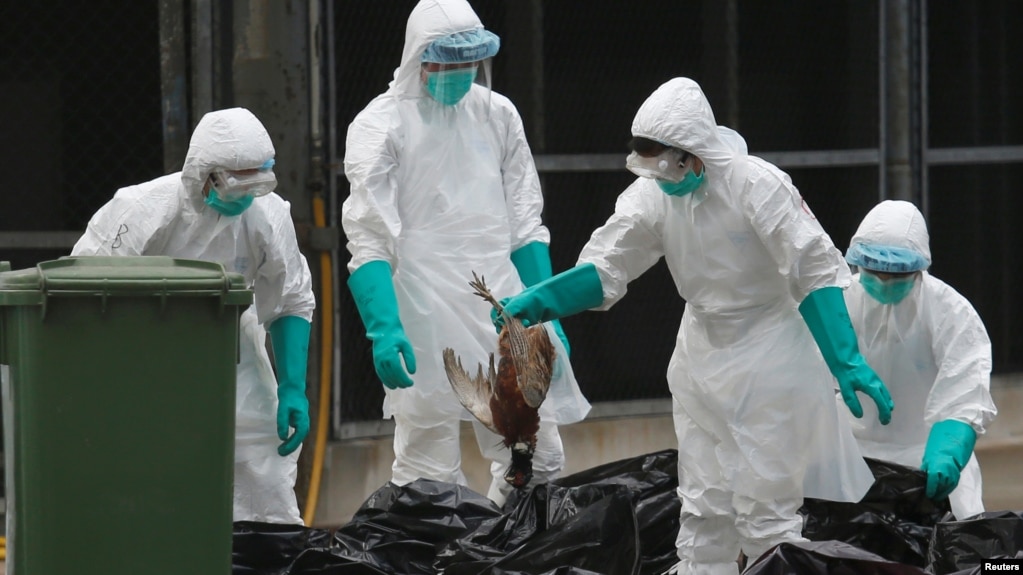- Sep 14, 2004
- 2,677
- 481
- 98
Let's hope this emergent disease does not become a big news story in 2005. So far, H5N1 has killed 75 percent of the small number infected.
-
If interested, check out this CDC website pertaining to Emergent Infectious Diseases: http://www.cdc.gov/ncidod/EID/index.htmVast Budget Boost Needed to Fight Bird Flu
14:45 25 February 2005
NewScientist.com news service
Debora MacKenzie
http://www.newscientist.com/article.ns?id=dn7067
Chief veterinary officers, health officials and scientists from 28 countries issued an urgent call on Friday for a vast increase in investment to head off the threat of H5N1 bird flu.
They met this week in Ho Chi Minh City, Vietnam, to discuss how to meet the threat posed by the virus, which has spread in poultry throughout east Asia and is known to have killed 43 people so far.
Scientists fear the H5N1 virus, which has killed three-quarters of the confirmed human cases, could evolve into a form that spreads easily among people. "The world is now in the gravest possible danger of a pandemic," said Shigeru Omi, head of the World Health Organization's western Pacific office, at the meeting.
On Friday, Vietnamese officials confirmed yet another human case in the north of the country, the fourteenth since the resurgence of the disease in mid-December 2004. And this week clinical trials began in the US of a vaccine designed to immunise people against H5 flu.
But the meeting in Vietnam, organised by the UN's Food and Agriculture Organization (FAO), and the World Organisation for Animal Health (OIE), called for a renewed focus on stopping the virus from circulating in poultry.
$100 million request
"As long as the virus continues to circulate among animals, it will remain a threat to humans," the meeting declared. In particular, they called for $100 million from rich countries to improve monitoring of poultry in the impoverished region.
They further estimate that "several hundred million dollars" is needed to compensate farmers who report the disease, and to restructure poultry farming so viruses are less likely to spread. This, they said, includes reorganising farms so ducks, chickens, pigs and humans, the main players in the spread and evolution of bird flu, are in less contact.
"Immediate eradication of the disease in the region cannot be envisaged in the short term under the current situation," said Teruhide Fujita of the OIE, as the meeting opened.
"Glaringly insufficient"
More bluntly, Sam Jutzi, head of livestock at FAO headquarters in Rome, told reporters that the $18 million given by donors so far was "glaringly insufficient". Funding for east Asian bird flu monitoring networks runs out in a few months. Jutzi said it would take $300 million to monitor the spread of the virus and vaccinate birds in the region.
Thailand decided last week to introduce limited vaccination for bird flu in especially high-risk bird populations. These included fighting cocks - which are frequently moved around - and free-range ducks - which can roam and show no symptoms of flu.
The Vietnam meeting said "the possibility of vaccinating ducks should be explored", but said it needed more study before it could be done with no risk to human health.
There are concerns that vaccinated poultry can still spread the virus while showing no symptoms, possibly promoting its evolution - a development which has recently led to increased virulence in mammals.
-




